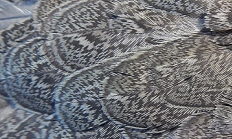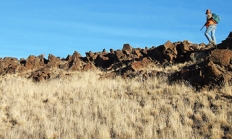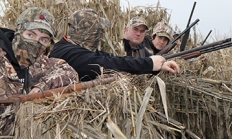Volunteer and events management system
Notice: You are now leaving MyODFW.com and are being redirected to VEM.myodfw.com, our volunteer and events management system (VEM), where you can view and register for events and apply for volunteer positions. Please click 'OK' to continue.















